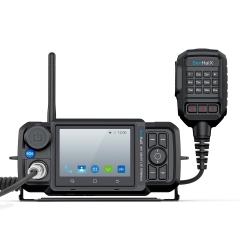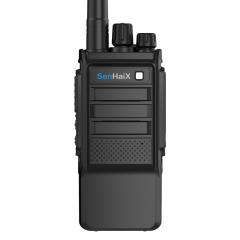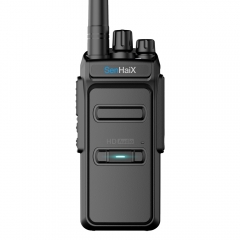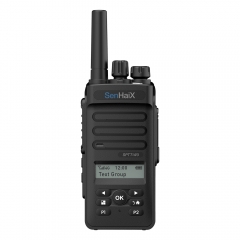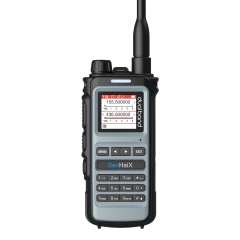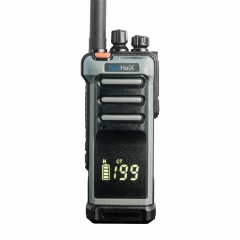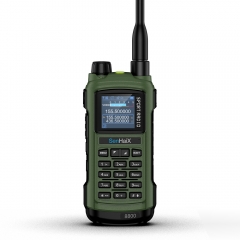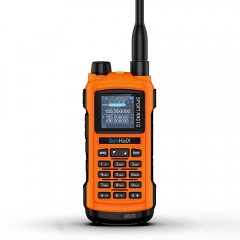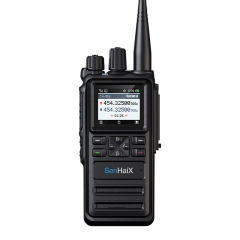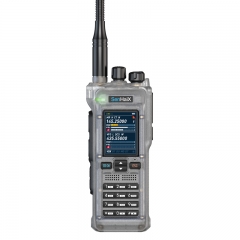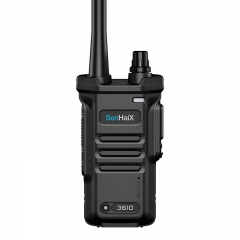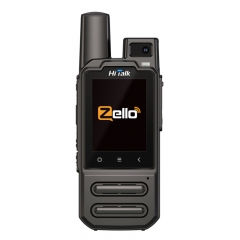Digital radio, also known as digital audio broadcasting (DAB), is a technology that revolutionizes the way we listen to our favorite radio stations. It presents a host of advantages over traditional analog radio.
Digital radio broadcasts provide crystal clear sound quality, eliminating the static and interference often experienced with analog radio. The digital signal allows for more stations in the same spectrum space, meaning listeners have access to a greater variety of radio channels.
Another benefit of digital radio is the ability to broadcast additional data alongside audio. This data can include the name of the song and artist currently playing, or even traffic and weather updates.
Digital radios also allow for pause and rewind features, enhancing the listening experience. Moreover, the digital platform is more energy-efficient and cost-effective for broadcasters in the long run.
However, like any technology, digital radio also has its drawbacks. The main one is the need for a new type of radio receiver or adapter to pick up the digital signal. This can be a barrier for some people due to the additional cost.
In summary, digital radio is a significant step forward in broadcasting technology, offering superior sound quality, additional features, and a wider choice of stations. It's an exciting advancement that brings radio broadcasting into the digital age.
Digital radio brings a host of additional features compared to traditional analog radio:
Improved Sound Quality: Digital radio broadcasts in "data streams," similar to the way a CD or mp3 works, which provides far superior audio quality compared to analog radio. There is no static or interference that's commonly associated with analog radio.
More Station Choices: The digital platform allows for more stations in the same spectrum space. This means listeners have access to a greater variety of radio channels and content.
Data Services: Digital radios can display text and images. Broadcasters can transmit additional data, such as the name of the song and artist, album art, traffic and weather updates, or even news headlines.
Pause and Rewind: Many digital radios allow listeners to pause and rewind live broadcasts, a feature not available on analog radios.
Electronic Program Guide: Some digital radios offer an electronic program guide (EPG), similar to what you might see on a digital TV. This allows listeners to browse radio programs in advance.
Multicasting: Digital radio stations can offer more than one program at the same time on the same frequency. This is called multicasting.
Ease of Use: With digital radios, stations can be found by their name, not frequency, making it easier to find your favorite stations.
Energy Efficiency: Digital transmitters are more energy-efficient than their analog counterparts, which can lead to cost savings for broadcasters.
In summary, digital radio offers a more diverse, dynamic, and user-friendly listening experience compared to analog radio.


















